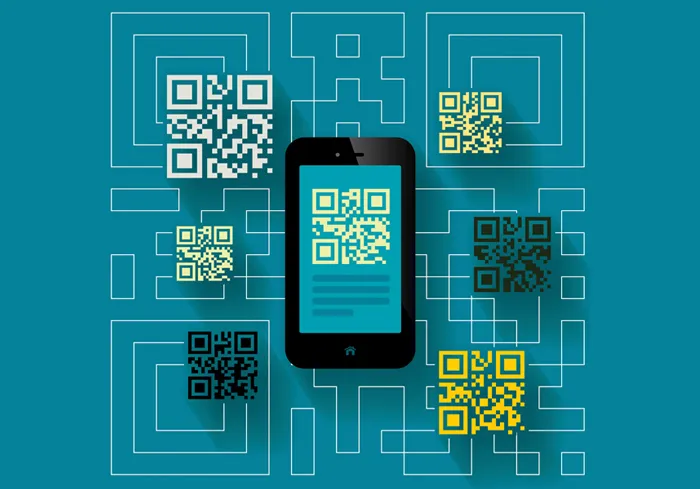American workplaces are facing a silent crisis. Despite record investments in employee benefits and workplace perks, only 31% of US employees feel engaged at work in 2025. This means nearly 7 out of 10 workers are either disengaged or actively spreading negativity throughout their organizations.
The financial impact is staggering. Employee disengagement costs the US economy approximately $1.9 trillion in lost productivity annually. For individual companies, this translates to decreased profits, higher turnover rates, and damaged company culture that takes years to rebuild.
The good news? Forward-thinking HR leaders are using proven strategies to reverse this trend, creating engaged workforces that drive business success. Let’s explore the seven most effective approaches that are transforming American workplaces in 2025.
Understanding the Engagement Emergency
Before diving into solutions, it’s crucial to understand the scope of the problem. Recent data reveals that engaged employees are 21% more profitable and 17% more productive than their disengaged counterparts. Yet most organizations struggle to create the conditions that foster genuine engagement.
The root causes extend beyond traditional factors like compensation and benefits. Modern employees seek purpose, flexibility, recognition, and opportunities for growth. Companies that ignore these evolving expectations face an uphill battle in attracting and retaining top talent.
Strategy 1: Implement People-First Leadership
The most successful organizations in 2025 prioritize people-first cultures. This approach recognizes employees as complete individuals with unique needs, aspirations, and contributions rather than simply resources to maximize.
Companies embracing people-first leadership see remarkable results. Organizations with people-centric cultures are four times more likely to have employees who feel empowered to perform their best work. These employees demonstrate 88% commitment to staying with their companies compared to 44% in traditional workplaces.
Action Steps for HR Leaders:
- Train managers to demonstrate genuine care for employee wellbeing
- Establish transparent communication channels for feedback and concerns
- Recognize achievements both formally through awards and informally through daily appreciation
- Invest in employee development programs that align with individual career goals
Real-World Application:
Modern HR platforms like Zimyo enable people-first cultures by providing comprehensive employee engagement tools that help managers track individual development goals, facilitate regular check-ins, and ensure no employee feels overlooked or undervalued.
Strategy 2: Leverage Workforce Analytics for Informed Decisions
Data-driven decision making separates successful HR departments from those struggling with engagement challenges. Workforce analytics provides insights into employee behavior patterns, identifies at-risk team members, and reveals opportunities for improvement before problems escalate.
The workforce analytics market has grown to $2.37 billion in 2025 and is projected to reach $5.94 billion by 2032. This growth reflects the increasing recognition that data-driven HR strategies deliver measurable results.
Key Metrics to Track:
- Employee satisfaction scores and trends over time
- Absenteeism rates by department and manager
- Performance correlation with engagement levels
- Exit interview feedback patterns
Organizations using workforce analytics report 30% increases in productivity as they optimize hiring, retention, and workforce planning strategies. This data-driven approach enables HR teams to move from reactive to proactive management.
Strategy 3: Automate Administrative Tasks to Focus on People
HR automation frees valuable time for strategic initiatives that directly impact employee engagement. When HR professionals spend less time on paperwork and more time on meaningful interactions, employee satisfaction naturally improves.
Companies implementing HR automation see significant improvements across multiple areas. Automated systems reduce administrative time by 50%, decrease payroll errors by 40%, and improve employee satisfaction scores by 30%.
High-Impact Automation Areas:
- Employee onboarding and documentation management
- Leave request processing and approval workflows
- Performance review scheduling and reminder systems
- Benefits enrollment and management
The key is selecting automation tools that enhance human connections rather than replacing them. Comprehensive HR systems that integrate multiple functions help create seamless employee experiences while reducing administrative burden on HR teams.
Strategy 4: Create Personalized Development Pathways
Modern employees expect clear career progression opportunities. Organizations that provide personalized development pathways see 41% lower turnover rates and significantly higher engagement levels.
Effective development programs go beyond generic training modules. They align individual strengths and interests with organizational needs, creating win-win scenarios where employees grow personally while contributing to business success.
Development Program Elements:
- Skills assessments that identify individual strengths and growth areas
- Mentorship matching based on career goals and expertise
- Cross-functional project opportunities that build diverse skill sets
- Regular career planning conversations with managers
Technology plays a crucial role in scaling personalized development. AI-powered platforms can analyze employee profiles, learning styles, and career aspirations to recommend targeted training and development opportunities.
Strategy 5: Foster Recognition-Rich Environments
Recognition serves as a powerful engagement driver. Research shows that 37% of employees consider recognition their top motivator, yet many organizations struggle to implement effective recognition programs.
Successful recognition programs combine formal acknowledgments with informal appreciation. They celebrate both major achievements and daily contributions, ensuring all employees feel valued for their efforts.
Recognition Best Practices:
- Implement peer-to-peer recognition systems alongside manager-led appreciation
- Tie recognition to specific behaviors that support company values
- Provide both monetary and non-monetary recognition options
- Make recognition timely and specific rather than generic
Organizations with strong recognition cultures experience 68% less burnout among employees, creating positive environments where people want to contribute their best efforts.
Strategy 6: Prioritize Mental Health and Wellbeing
Employee wellbeing directly impacts engagement levels. Organizations that prioritize mental health support see 67% increases in employee satisfaction and 50% reductions in absenteeism.
Comprehensive wellbeing programs address both physical and mental health needs. They recognize that employees perform best when they feel supported holistically rather than viewed simply as productive units.
Effective Wellbeing Initiatives:
- Employee assistance programs that provide confidential counseling services
- Flexible work arrangements that support work-life balance
- Mental health days and stress management resources
- Wellness challenges that build team connections while promoting health
The investment in employee wellbeing pays dividends through reduced healthcare costs, lower turnover rates, and improved productivity across the organization.
Strategy 7: Enable Flexible Work Arrangements
Workplace flexibility has evolved from a nice-to-have perk to a fundamental expectation. Ninety percent of hybrid workers cite remote and flexible work options as key drivers of engagement.
Flexible arrangements benefit both employees and organizations. Remote workers demonstrate 13.5% higher productivity levels while reporting greater job satisfaction and work-life balance.
Flexibility Framework Components:
- Clear policies that define flexible work eligibility and expectations
- Technology infrastructure that supports seamless remote collaboration
- Manager training on leading distributed teams effectively
- Regular assessment of flexible work program effectiveness
Successful flexible work programs require intentional design and ongoing refinement. They balance employee preferences with business needs while maintaining strong team connections and organizational culture.
Measuring Engagement Success
Implementation without measurement leads to wasted effort. Successful organizations establish baseline engagement metrics and track progress consistently. Key performance indicators include employee satisfaction scores, voluntary turnover rates, and productivity measurements.
Regular pulse surveys provide ongoing insights into employee sentiment and program effectiveness. These short, frequent check-ins offer more actionable data than annual engagement surveys while demonstrating organizational commitment to continuous improvement.
External benchmarking helps organizations understand their performance relative to industry standards. This context enables more informed goal-setting and strategic planning around engagement initiatives.
Building Your Engagement Action Plan
Transforming workplace engagement requires systematic approach and sustained commitment. Start by assessing your current state through employee surveys and data analysis. Identify the most pressing challenges and prioritize solutions based on potential impact and implementation feasibility.
Successful engagement transformation typically takes 12-18 months to show significant results. Patience and persistence are essential as cultural change requires time to take root and demonstrate measurable outcomes.
Leadership buy-in across all levels ensures engagement initiatives receive necessary support and resources. When executives model engaged behavior and prioritize employee wellbeing, the entire organization benefits from improved culture and performance.
Internal Links:
The employee engagement crisis of 2025 presents both challenges and opportunities for forward-thinking organizations. Companies that implement comprehensive engagement strategies will attract top talent, reduce costly turnover, and build sustainable competitive advantages through their most valuable asset: their people.










